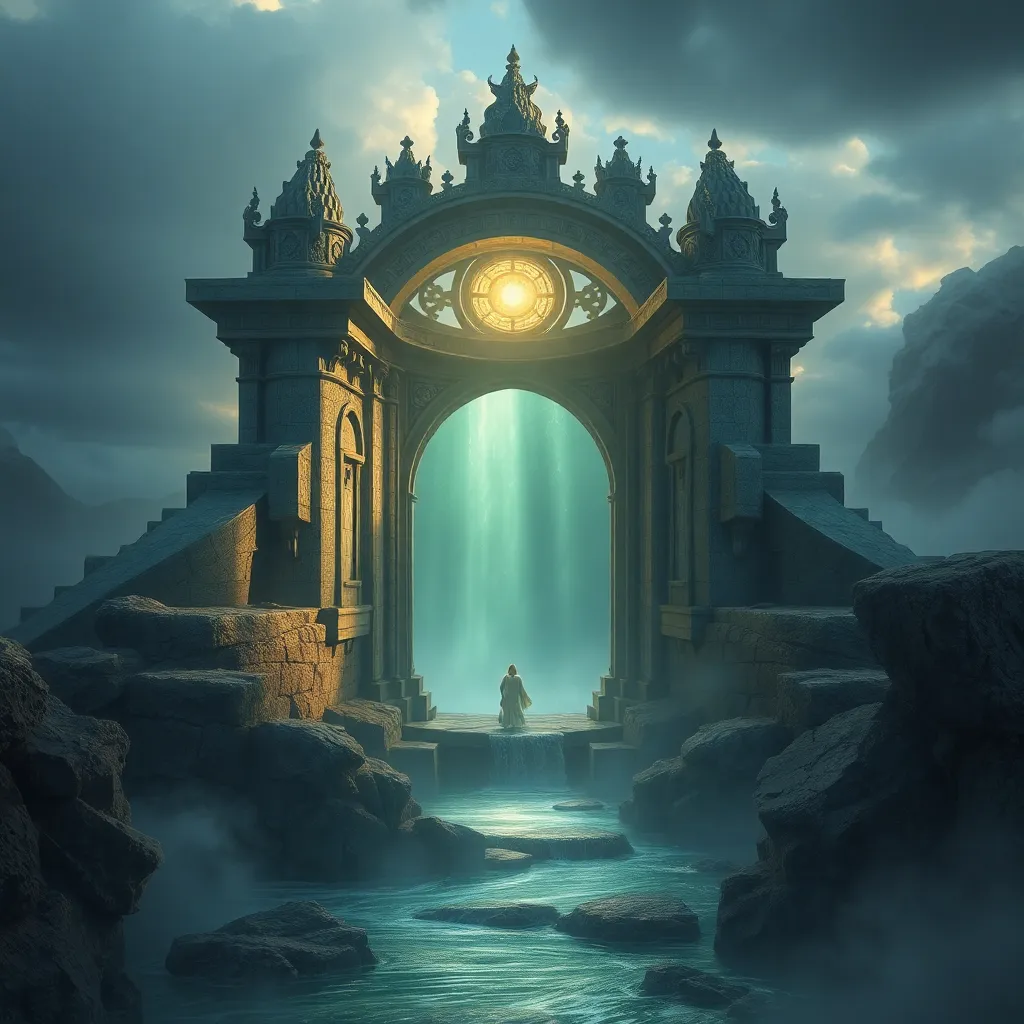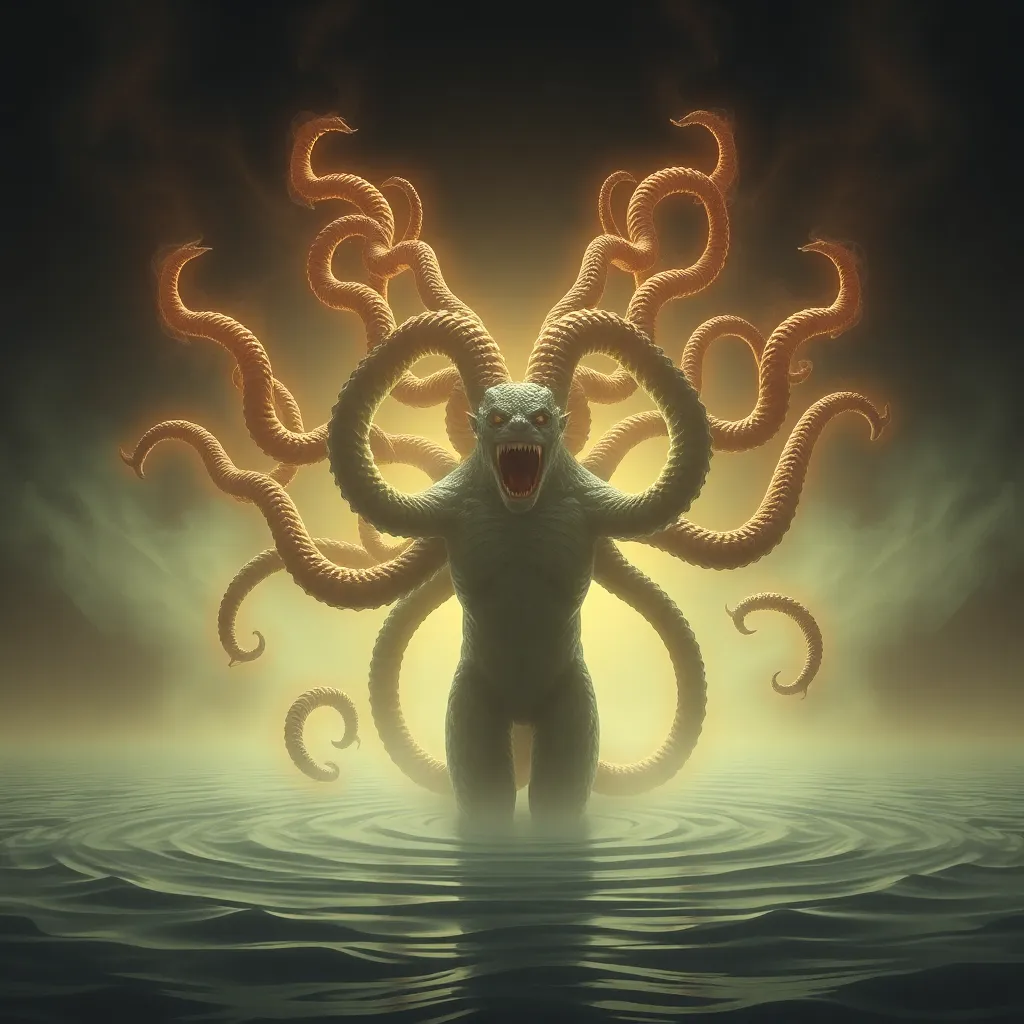Huldra: A Gateway to the Mystical and the Magical
I. Introduction to Huldra
The Huldra is a captivating figure in Scandinavian folklore, often depicted as a beautiful woman with supernatural qualities. Originating from Norse mythology, the Huldra is intrinsically linked to the natural world, embodying themes of beauty, nature, and the mystical. Her character serves as a reminder of the delicate balance between humanity and the wild, often reflecting the complexities of the human experience in relation to nature.
II. Historical Context of the Huldra Myth
The roots of the Huldra myth can be traced back to ancient Norse mythology, where she is associated with the spirits of the forest. Over the centuries, her portrayal has evolved significantly, adapting to the cultural shifts within Scandinavian societies. Initially viewed as a benevolent guardian of nature, later interpretations often highlighted her dual nature, embodying both danger and allure.
Regional variations also enrich the Huldra myth. In Norway, she is often described as a forest spirit, whereas Swedish tales might depict her with more malevolent traits. These differences reflect local customs and beliefs, showcasing the rich tapestry of Scandinavian folklore.
III. The Huldra’s Physical Characteristics
The Huldra is renowned for her striking beauty, often described as enchanting and alluring. However, she is not just a mere beauty; her appearance carries significant symbolism. A hallmark of her character is her long, flowing hair, which is frequently depicted as a vibrant shade, symbolizing her connection to the forest and nature. Despite her beauty, she possesses a hidden tail, reminiscent of a cow, which serves as a reminder of her wild origins.
- Beauty: The Huldra’s enchanting looks often captivate those who encounter her.
- Animal Traits: Her hidden tail signifies her connection to the animal kingdom and the untamed aspects of nature.
This juxtaposition of beauty and animalistic traits embodies the complex nature of femininity and the wild, making her a compelling figure in folklore.
IV. The Huldra’s Role in Nature and the Environment
The Huldra is deeply connected to the forests and natural landscapes, serving as a guardian of wildlife. Her role extends beyond mere beauty; she represents the spirit of the wilderness, often acting as a protector of the flora and fauna that inhabit her realm.
However, her relationships with humans are complex. While she can provide guidance and protection, she can also embody malevolence. This duality is evident in her interactions with those who wander into her territory, where she may lure men with her charm, only to reveal a darker side if disrespected.
- Guardian of Nature: The Huldra symbolizes the protection of the natural world.
- Benevolence vs. Malevolence: She embodies the dual nature of the wilderness—both nurturing and dangerous.
V. Encounters with the Huldra
Folkloric tales of human encounters with the Huldra are rich and varied. These stories often contain common themes of seduction and danger, illustrating the risks associated with venturing too close to the mystical. Men who encounter the Huldra are frequently enticed by her beauty, only to find themselves ensnared in a web of enchantment and peril.
Many of these tales impart valuable lessons, often cautioning against greed, disrespect for nature, or the dangers of yielding to temptation. The narratives serve as a moral compass, highlighting the importance of respecting the natural world and its mysteries.
VI. Huldra in Modern Culture
In contemporary society, the Huldra has found new life in literature, art, and film, often depicted as a symbol of femininity and empowerment. Her character resonates with modern audiences, reflecting themes of independence and the untamed spirit of nature.
The resurgence of interest in folklore and mythology has led to a renewed appreciation for figures like the Huldra. She has become a muse for artists and writers, inspiring a new generation to explore the depths of cultural myths and their relevance in today’s world.
VII. The Huldra as a Symbol of the Unknown
The Huldra encapsulates the mystical and magical aspects of the natural world, serving as a metaphor for untamed nature. Her allure lies in the unknown—she represents the mysteries that lie beyond the mundane, beckoning those brave enough to explore. The Huldra’s stories often evoke feelings of wonder and intrigue, inviting individuals to confront their fears and discover the beauty hidden in the wild.
- Mystical Aspects: The Huldra serves as a gateway to the enchanting world of folklore.
- Metaphor for Untamed Nature: She embodies the wild spirit that exists within nature and humanity.
VIII. Conclusion: The Enduring Legacy of the Huldra
The Huldra’s significance in contemporary society is profound, as she represents the bridge between the mundane and the magical. Her character invites reflection on humanity’s relationship with nature and the supernatural, reminding us of the importance of preserving folklore and cultural myths.
As we navigate a world increasingly disconnected from nature, the Huldra stands as a powerful symbol of the beauty and danger that coexist in the wild. She encourages us to embrace the mysteries of life and to honor the stories that have shaped our understanding of the world.
In conclusion, the Huldra endures as a timeless figure, captivating hearts and minds with her enchanting presence and serving as a reminder of the rich heritage found within folklore.



